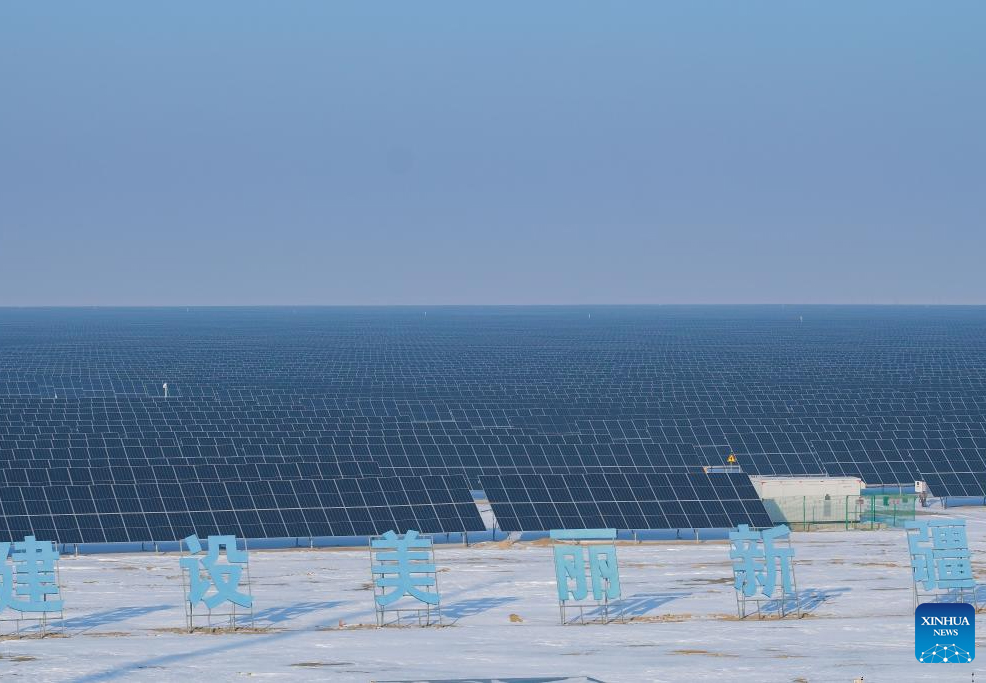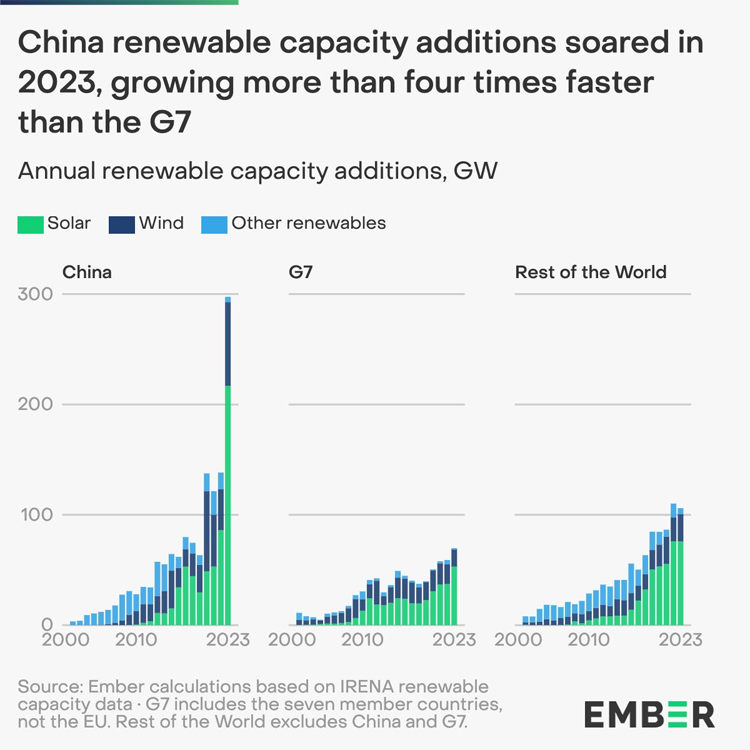
5th June 2024 Largest ever solar farm opens in China A gigantic new solar farm, the first to reach 5 gigawatts (GW), has been connected to the grid in Xinjiang, China. The desert megaproject covers a land area of 200,000 acres.
In recent years, clean energy technologies have reached an inflection point, with projects beginning to match traditional fossil-fuel-based power in terms of both cost and capacity. Gigawatt-scale solar facilities are now emerging in China, India, and the Middle East. Another milestone has now been achieved on the road to a clean energy future, with China unveiling the world's first solar plant to reach 5 GW of capacity. This is a significant leap over the previous record holders – the Ningxia Tenggeli Desert solar project and the Golmud Wutumeiren solar complex – both also in China and each having a capacity of 3 GW. China had earlier developed the Gonghe Talatan Solar Park, with 8.4 GW of capacity. However, that consists of multiple projects built over time, rather than being a single site completed in one go. The new megaproject coming online this week is located near Ürümqi, the capital of Xinjiang in northwestern China. This region contains vast areas of desert that are ideally suited to the placement of gigantic solar arrays. The state-owned Power Construction Corp of China confirmed the start of operations on 3rd June. The facility will generate up to 6.1 billion kilowatt hours (kWh) of electricity each year. This output would be sufficient to power a country like Luxembourg or Papua New Guinea for an entire year. As the capacity of solar, wind, and other clean energy sources continues to grow exponentially, an increasing number of analysts predict that China's emissions may be close to peaking. In a recent report, the International Energy Agency described the country as "the world's renewables powerhouse", while the energy think tank Ember notes that its renewable capacity additions are now four times faster than the G7.
Comments »
If you enjoyed this article, please consider sharing it:
|
||||||








